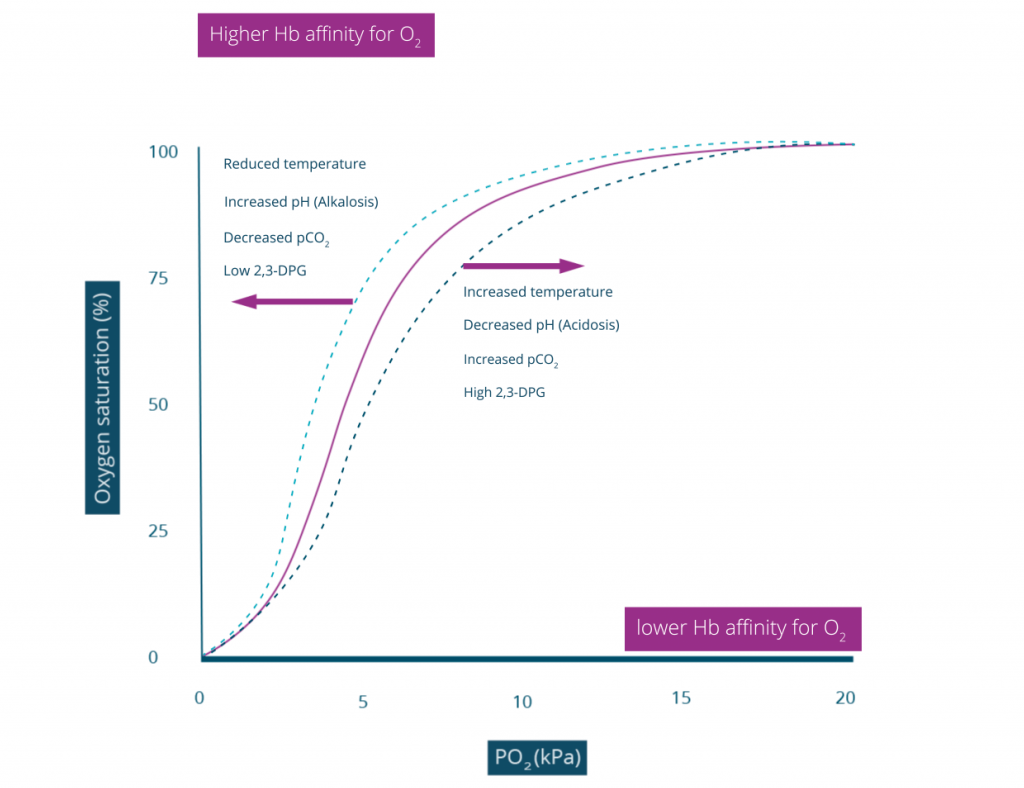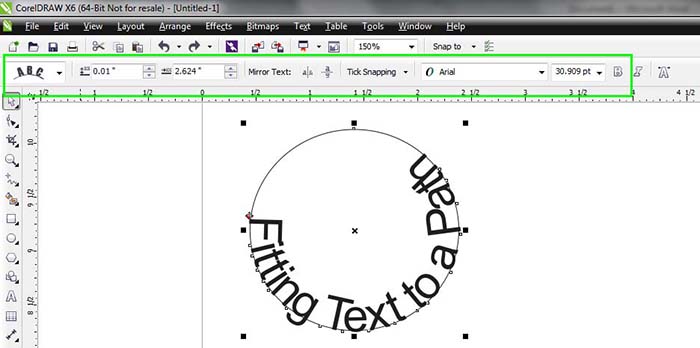

This equation certainly has the desired effect of compressing the marginal parts of the image. You will need to experiment with different values for slider A for different text frame sizes After you apply the equation, reduce text frame width to desired width which should help the text look more natural (text will become wider and the effect may look a little strange at times)ģ. Centre the text frame horizontally in your document ( Important) It should effectively reduce the spacing between the characters on the left and right side of the text frame to simulate a label on a curved bottle.ġ. If I understand you correctly the above equation is a good place to start for what you want to achieve. Is there something I'm missing, or could you kindly point me in the direction of what I'd need to change in your equations? My requirement is that as you get a wider label (that wraps further around the object), the compression applied the label will need to become more extreme as it reaches the 'edge' of the bottle. Essentially it's a matter of persective, and I'm trying the make the left and right sides of the label compress more (in a smooth fashion), so that I can can achieve a effect of the label falling off as it curves around a round bottle, but with the camera as though it was square on to the bottle. I understand that changing the variable mentioned (between 0 and 1) gives the effect of looking down/up at the 'label', but I'm wondering if there's a way to change the equation to give the appearance of the 'label' being wrapped around a larger object.
#Affinity photo curve text how to
I've been trying to work out how to change the amount of compression (which gives the effect of a 'fall off') on the sides of the 'label'.

Thanks so much for sharing these equations. Having trawled the web while looking for ways to 'apply' labels to pack shots of bottles in Affinity Photo, this tutorial (and the accompanying equations and macros) are about the only things I've found to achieve this result - and they do it so well! I alos onclude here the original macro, recorded in version 1.7: I add here a version recorded in version 1.8 which does work properly in Photo 1.8: By clicking on the cogwheel, you can alter the degree and direction of curvature.ĮDIT: I have discovered that this macro will only perform once (per Affinity Photo session). I have created a macro that effects the filter, and then uses Clip Canvas. The calculations for this filter are complicated by the algorithm that Affinity uses to effect these equations, which I explain in this Tutorial here. I then followed this by Clip Canvas to remove surplus transparent ends. I then added space at the top and bottom to allow room for the curvature part to operate. (It has verticals once I had put it through the Mesh Warp.)īefore filtering I cropped it close to the sides of the window and then Rasterized it to remove the invisible sides. I chose this because it has lots of verticals to see how the filter affects it. The value of (0.5-a) determines the curvature as described above.Īs an example, here is the Great West Window of Chester Cathedral. Note that the w in the numerator and denominator cancel out. This will change the curve from negative (curving down) at the default a=1 to positive at a=0. I have used the expression w*(0.5-a) as a scaling factor, where a is a parameter chosen at runtime. The Constant determines the depth and direction of the curve. Putting this together and re-arranging a bit gives us an Equation:Ī bottle is typically viewed from above, so that the label has a curve, typically with a dip in the middle.This can easily be simulated using equations, using: A bit of trigonometry shows that the sine of the Angle indicated is given by (x-halfwidth)/halfwidth, where halfwidth is both the label and the final image. The final width is less than the original width by a factor of pi/2. This will project onto the final width of the image (the line below). This will correspond to the width of the original image. The visible part of the label extends from -90 degrees (on the left, not shown) to 90 degrees on the right. I posted a solution to his problem there, which I expand upon here.Ĭonsider the facing semicircle of the bottle as seen in this diagram: In a recent post in Questions, asked how he could warp an image to apparently wrap it around a bottle.


 0 kommentar(er)
0 kommentar(er)
